Home>Gardening & Outdoor>Landscaping Ideas>When To Plant Winter Grass In Arizona


Landscaping Ideas
When To Plant Winter Grass In Arizona
Modified: March 28, 2024
Discover the best time for planting winter grass in Arizona with our expert landscaping ideas. Create a lush, green lawn this winter with our top tips and advice.
(Many of the links in this article redirect to a specific reviewed product. Your purchase of these products through affiliate links helps to generate commission for Storables.com, at no extra cost. Learn more)
Understanding Winter Grass
Many homeowners in Arizona are familiar with the challenges of maintaining a lush, green lawn throughout the year. The extreme heat and arid climate can make it difficult for traditional warm-season grasses to thrive. However, with the arrival of winter, there is an opportunity to introduce a vibrant and resilient alternative: winter grass.
Winter grass, also known as annual ryegrass, provides a refreshing burst of greenery during the cooler months, transforming lawns into picturesque landscapes. Its adaptability to the winter climate in Arizona makes it a popular choice for those seeking to maintain an attractive lawn year-round.
In this article, we will delve into the nuances of winter grass, explore the best time to plant it in Arizona, and provide a comprehensive guide for successful planting and maintenance. Whether you are a seasoned gardener or a novice enthusiast, understanding the intricacies of winter grass will empower you to elevate the aesthetic appeal of your outdoor space and embrace the beauty of the winter season.
Understanding Winter Grass
Winter grass, scientifically known as annual ryegrass (Lolium multiflorum), is a cool-season grass variety that flourishes in moderate temperatures, making it an ideal choice for Arizona’s winter climate. This resilient grass species is characterized by its rapid germination and establishment, allowing homeowners to enjoy a vibrant green lawn during the cooler months.
Annual ryegrass is celebrated for its lush, fine-textured blades that create a velvety carpet-like appearance. Its quick growth and ability to form a dense turf make it an attractive option for rejuvenating lawns that may have suffered the effects of the scorching Arizona summer. Additionally, its adaptability to a wide range of soil types and its tolerance of partial shade further enhance its appeal as a versatile lawn solution.
One of the key advantages of winter grass is its temporary nature. As the name suggests, annual ryegrass completes its life cycle within a year, making it an excellent choice for seasonal lawn coverage. Once the warmer temperatures return, annual ryegrass naturally fades away, allowing warm-season grasses to reclaim dominance without the need for extensive removal efforts.
Furthermore, the dense root system of winter grass contributes to soil stabilization, erosion control, and improved water retention, bolstering the overall health of the lawn and the surrounding landscape. This ecological benefit underscores the multifaceted advantages of incorporating winter grass into the Arizona lawn care regimen.
Understanding the distinct characteristics and benefits of winter grass lays the groundwork for harnessing its potential to transform lawns into verdant sanctuaries, enriching the outdoor living experience for homeowners across Arizona.
Best Time to Plant Winter Grass in Arizona
Timing is crucial when it comes to planting winter grass in Arizona. The optimal window for sowing winter grass seeds typically aligns with the transition from the scorching summer months to the cooler autumn season. As temperatures begin to moderate, usually in late September to early October, the conditions become conducive for the successful germination and establishment of winter grass.
It is essential to coordinate the planting process with the gradual decline in temperatures, ensuring that the seeds have sufficient time to take root and develop before the onset of winter. This strategic approach maximizes the potential for robust growth and lush coverage, setting the stage for a visually stunning lawn throughout the winter months.
By leveraging the favorable climate dynamics of Arizona’s autumn season, homeowners can capitalize on the opportunity to introduce winter grass at the ideal juncture, setting the stage for a seamless transition from the fading warm-season grass to the flourishing cool-season alternative. This deliberate timing not only optimizes the aesthetic impact but also promotes the long-term health and resilience of the lawn.
Furthermore, the early planting of winter grass allows for ample time for root establishment and turf development, bolstering its ability to withstand the occasional fluctuations in winter temperatures that are characteristic of Arizona’s climate. This proactive approach empowers homeowners to cultivate a robust and enduring winter grass lawn, elevating the allure of their outdoor spaces and enhancing the overall landscape aesthetic.
By recognizing and embracing the opportune moment to plant winter grass, Arizona residents can harness the transformative potential of this resilient cool-season species, ushering in a vibrant green oasis amidst the winter landscape.
Steps for Planting Winter Grass
Planting winter grass in Arizona involves a series of strategic steps designed to optimize germination, establishment, and long-term vitality. By following these guidelines, homeowners can lay the groundwork for a thriving winter lawn that withstands the rigors of the season and enhances the visual appeal of the outdoor environment.
1. Soil Preparation
Begin by preparing the soil to create an optimal environment for seed germination. Loosen the top layer of soil to improve aeration and remove any debris or existing thatch that may hinder seed-to-soil contact. This sets the stage for successful seedling emergence and robust root development.
Read more: When To Plant Summer Grass In Arizona
2. Seed Distribution
Evenly distribute the winter grass seeds across the prepared soil, ensuring comprehensive coverage without overcrowding. Gentle raking or light soil covering can be employed to facilitate seed-to-soil contact while maintaining an appropriate depth for germination.
3. Irrigation and Moisture Management
Following seed distribution, irrigate the area thoroughly to initiate the germination process. Consistent moisture is essential for seed viability and early growth. Monitor the moisture levels carefully and adjust irrigation frequency to sustain optimal soil moisture without waterlogging the area.
4. Fertilization
Applying a balanced fertilizer formulated for winter grass can provide essential nutrients to support initial growth and establish a robust turf. Select a fertilizer with a composition tailored to the specific needs of cool-season grasses, and follow the recommended application rates to promote healthy development.
5. Maintenance and Monitoring
As the winter grass begins to emerge, prioritize diligent monitoring and maintenance. Regular mowing at an appropriate height, typically around 2 to 2.5 inches, encourages denser growth and enhances the overall aesthetic appeal of the lawn. Additionally, vigilance in weed control and disease prevention safeguards the integrity of the winter grass turf.
Read more: How To Plant Summer Grass In Arizona
6. Transition to Warm-Season Grass
As the winter season gives way to warmer temperatures, the winter grass will naturally start to fade. At this juncture, gradually reintroduce warm-season grass maintenance practices and consider overseeding with warm-season grasses if desired, ensuring a seamless transition and sustained lawn vibrancy.
By methodically executing these steps, homeowners can establish a robust and visually captivating winter grass lawn, enriching their outdoor spaces with a verdant tapestry that thrives throughout the cooler months in Arizona.
Caring for Winter Grass in Arizona
Maintaining the vibrancy and health of winter grass in Arizona entails a combination of attentive care, strategic practices, and a proactive approach to address the unique demands of the cool-season turf. By implementing targeted maintenance and nurturing routines, homeowners can ensure that their winter grass thrives, enhancing the visual allure of their outdoor landscapes.
1. Irrigation Management
Regulating irrigation to accommodate the cooler temperatures and reduced evaporation rates is essential for winter grass care. Adjust the watering schedule to align with the seasonal moisture requirements, avoiding excessive saturation while sustaining adequate soil moisture to support healthy growth.
2. Mowing Practices
Adopt a consistent mowing regimen to maintain an optimal turf height for winter grass, typically around 1.5 to 2 inches. Regular mowing encourages denser growth, enhances the aesthetic appeal, and minimizes the risk of thatch accumulation, contributing to the overall health and resilience of the winter lawn.
Read more: When To Plant Winter Rye Grass In Texas
3. Fertilization Schedule
Implement a balanced fertilization program tailored to the specific needs of winter grass. Select a high-quality, slow-release fertilizer designed for cool-season turf, and adhere to a schedule that aligns with the growth patterns and nutritional requirements of the grass. This proactive approach fortifies the turf against environmental stressors and promotes robust, consistent growth.
4. Weed Control
Vigilance in weed management is crucial for preserving the integrity of the winter grass lawn. Regular inspection and targeted weed control measures help mitigate the encroachment of invasive species, safeguarding the lushness and uniformity of the turf.
5. Disease Prevention
Proactive disease prevention strategies, including appropriate airflow management and vigilant monitoring for signs of fungal or bacterial issues, are paramount for sustaining the health and vigor of winter grass. Prompt intervention at the first indication of disease symptoms can mitigate potential damage and preserve the lushness of the lawn.
Read more: How To Plant Summer Grass In Arizona
6. Transition to Warm-Season Grass
As the winter season draws to a close, prepare for the transition back to warm-season grass by gradually adjusting maintenance practices and considering overseeding with warm-season grass varieties if desired. This seamless shift ensures a smooth and vibrant resurgence of warm-season grass, perpetuating the cycle of seasonal lawn rejuvenation.
By embracing these targeted care practices, homeowners can nurture a resilient and visually captivating winter grass lawn, infusing their outdoor spaces with enduring beauty and vitality throughout the cooler months in Arizona.
Read more: When To Water Grass In Winter
Conclusion
Embracing the seasonal ebb and flow of Arizona’s climate presents an opportunity for homeowners to cultivate dynamic and visually captivating landscapes, with winter grass serving as a key protagonist in this horticultural narrative. By understanding the nuances of winter grass, recognizing the optimal timing for planting, and implementing strategic care and maintenance practices, individuals can transform their outdoor spaces into vibrant sanctuaries that evolve with the rhythm of the seasons.
The resilience and adaptability of winter grass, coupled with its ability to infuse lawns with a lush, velvety green carpet during the cooler months, position it as a valuable asset in the pursuit of year-round landscape aesthetics. Its temporary nature harmonizes with the cyclical shifts between warm-season and cool-season grasses, offering a seamless transition that embodies the dynamic spirit of Arizona’s outdoor environments.
As homeowners engage in the art of nurturing winter grass, they partake in a symphony of seasonal lawn care, orchestrating the transformation of their outdoor spaces into inviting retreats that reflect the ever-changing beauty of nature. This harmonious interplay between the natural elements and human stewardship fosters a deep appreciation for the resilience and splendor of Arizona’s landscapes, enriching the outdoor living experience for all who behold them.
In essence, the cultivation of winter grass transcends mere lawn care; it embodies a celebration of nature’s cyclical rhythms and the artistry of landscaping, inviting individuals to immerse themselves in the timeless spectacle of seasonal transformation. By sowing the seeds of winter grass and tending to its flourishing growth, homeowners become custodians of a living canvas that evolves with the passage of time, weaving a tapestry of evergreen beauty amidst the shifting seasons.
Ultimately, the allure of winter grass in Arizona lies not only in its visual impact but also in the profound connection it fosters between individuals and the natural world. As winter gives way to spring and the cycle of rejuvenation unfolds once more, the legacy of winter grass endures, perpetuating a tradition of seasonal splendor that transcends the boundaries of time and space.
Frequently Asked Questions about When To Plant Winter Grass In Arizona
Was this page helpful?
At Storables.com, we guarantee accurate and reliable information. Our content, validated by Expert Board Contributors, is crafted following stringent Editorial Policies. We're committed to providing you with well-researched, expert-backed insights for all your informational needs.


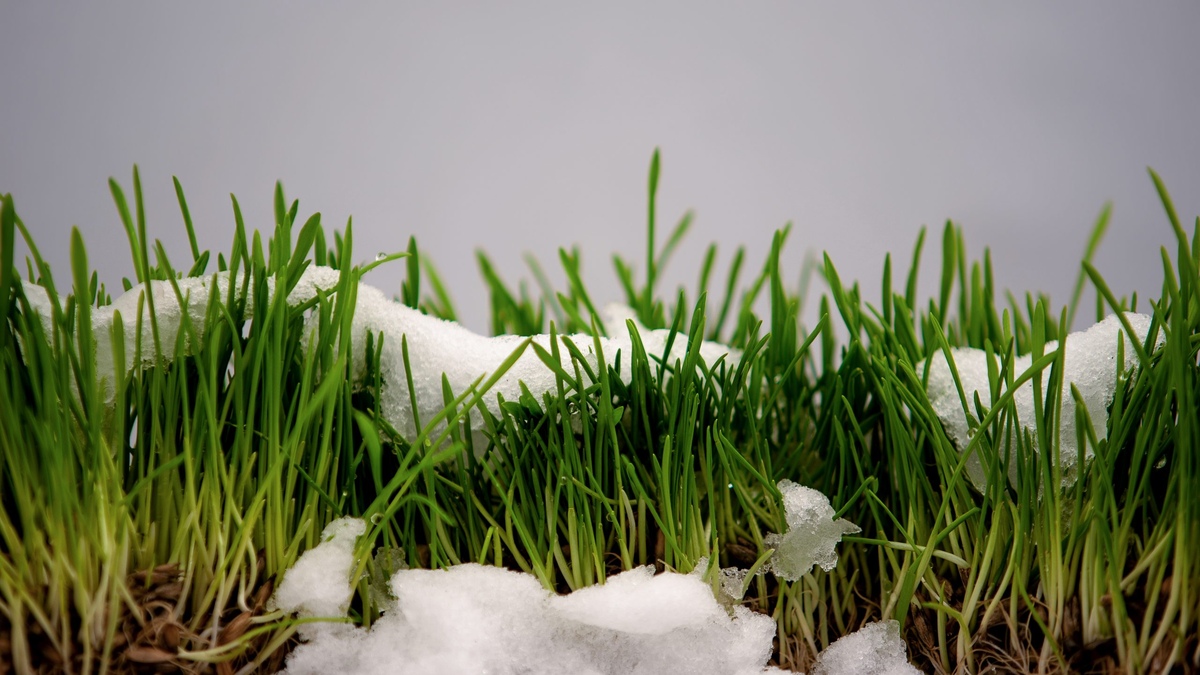
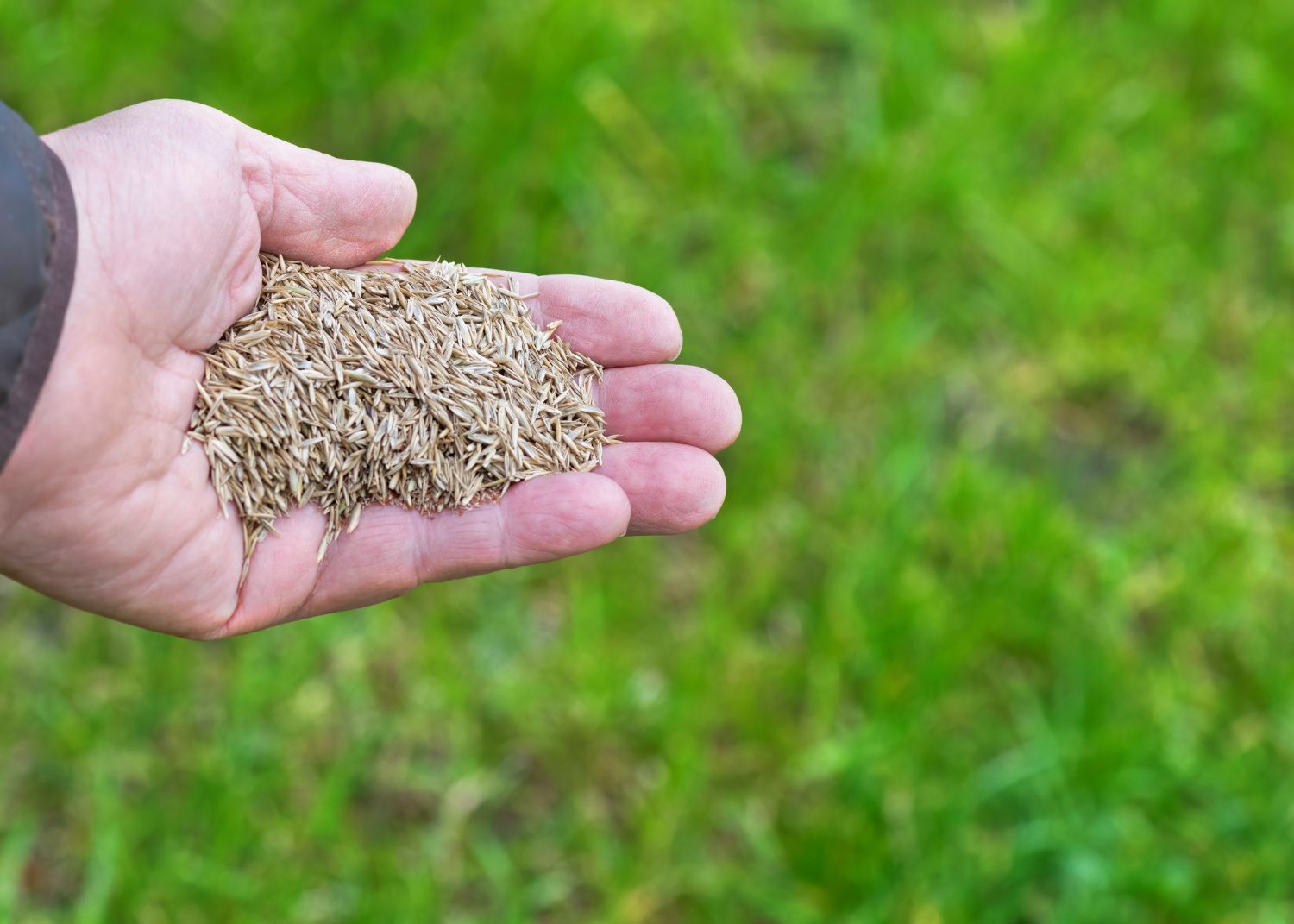


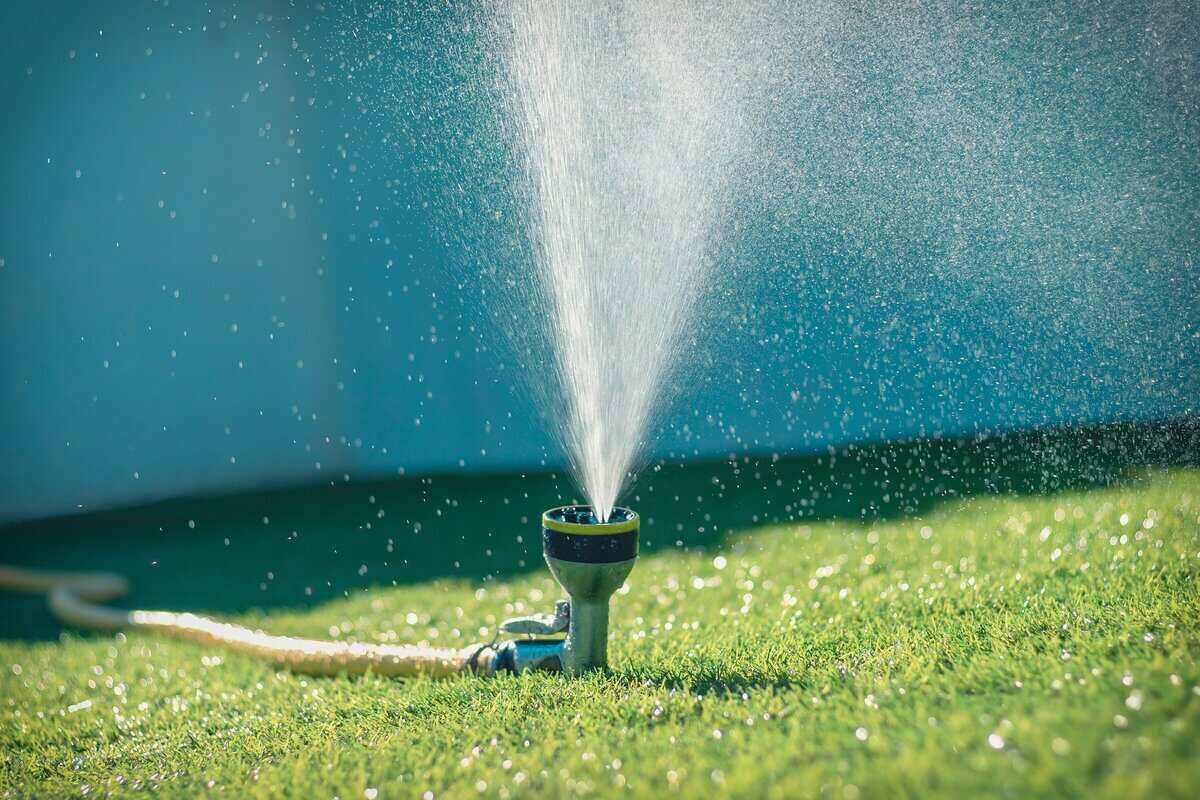
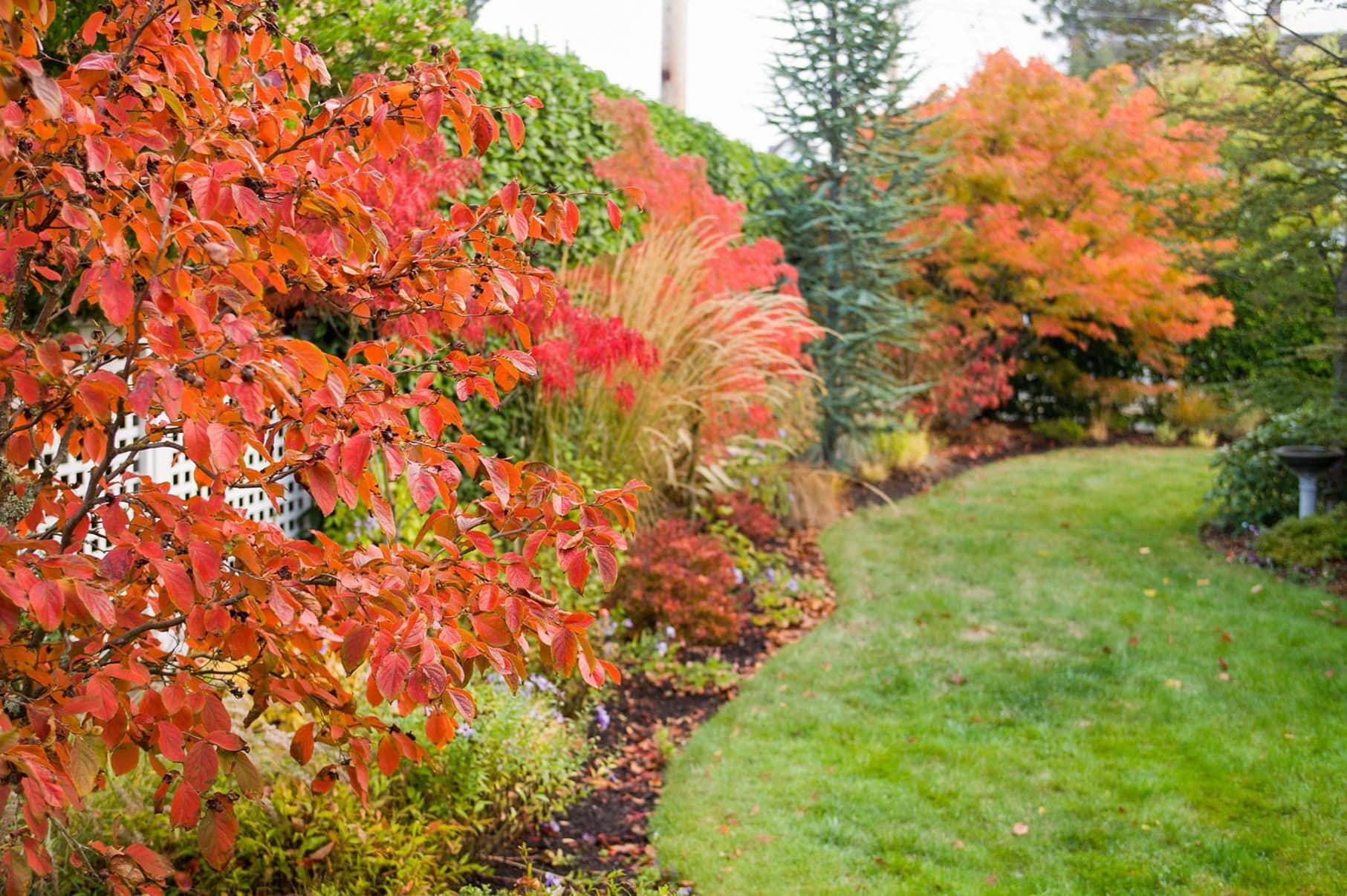
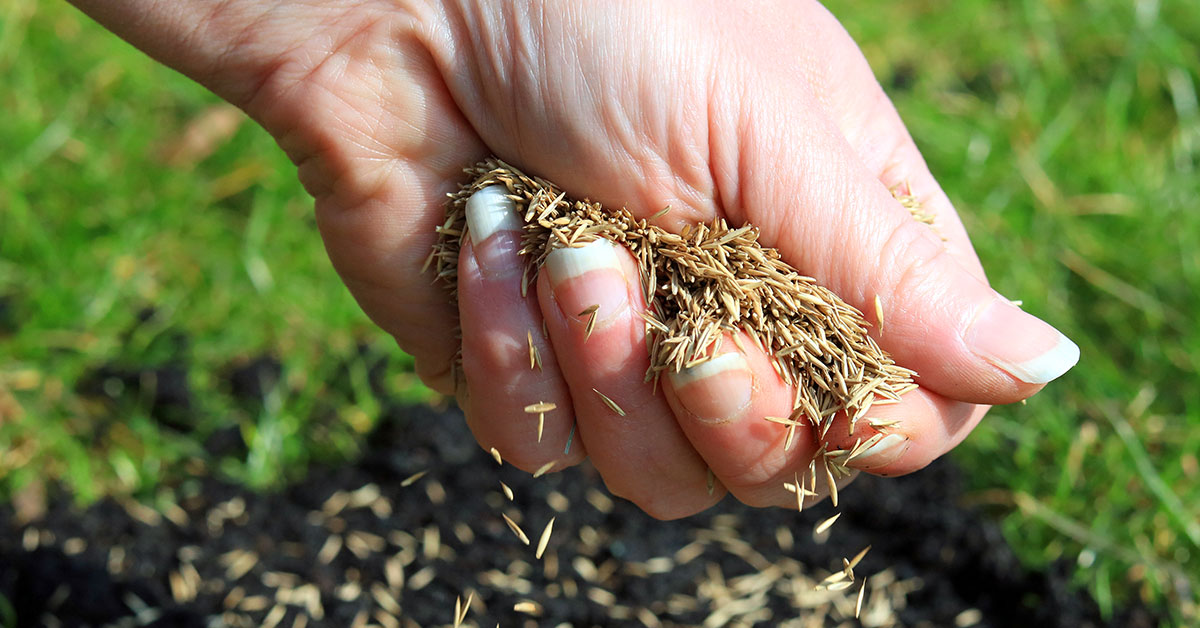
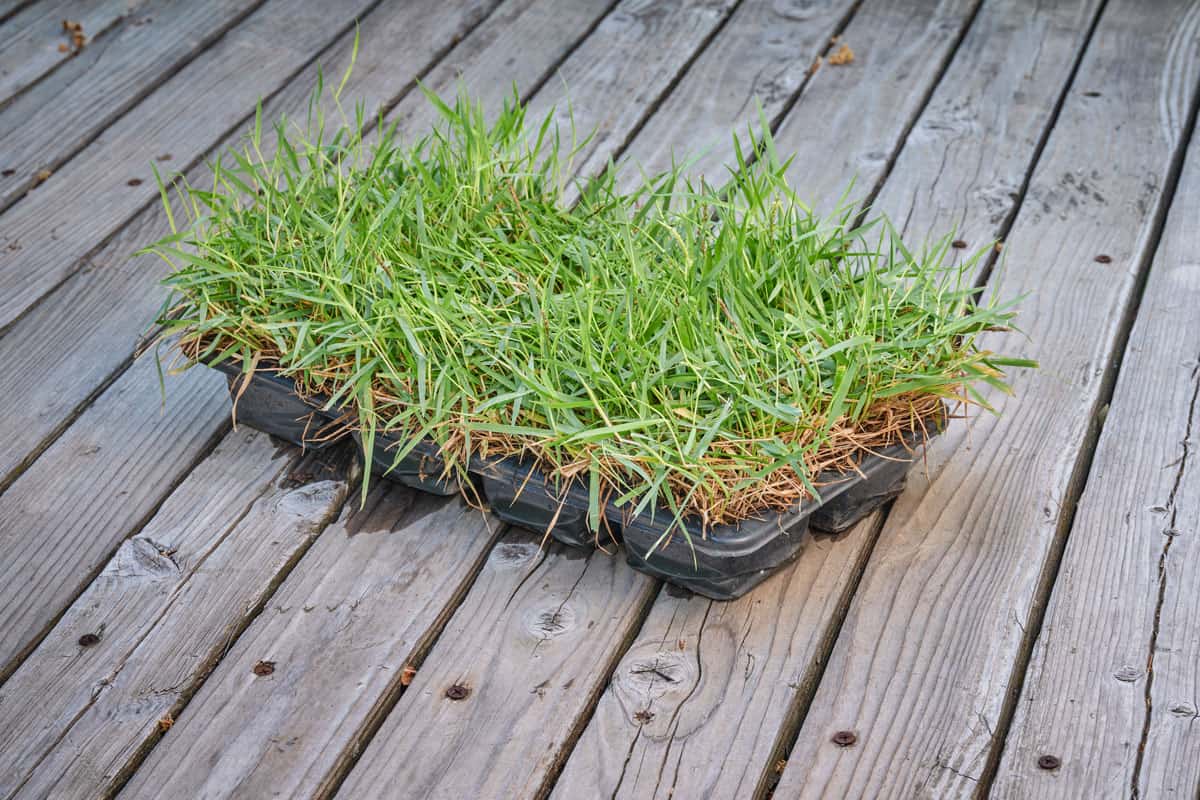
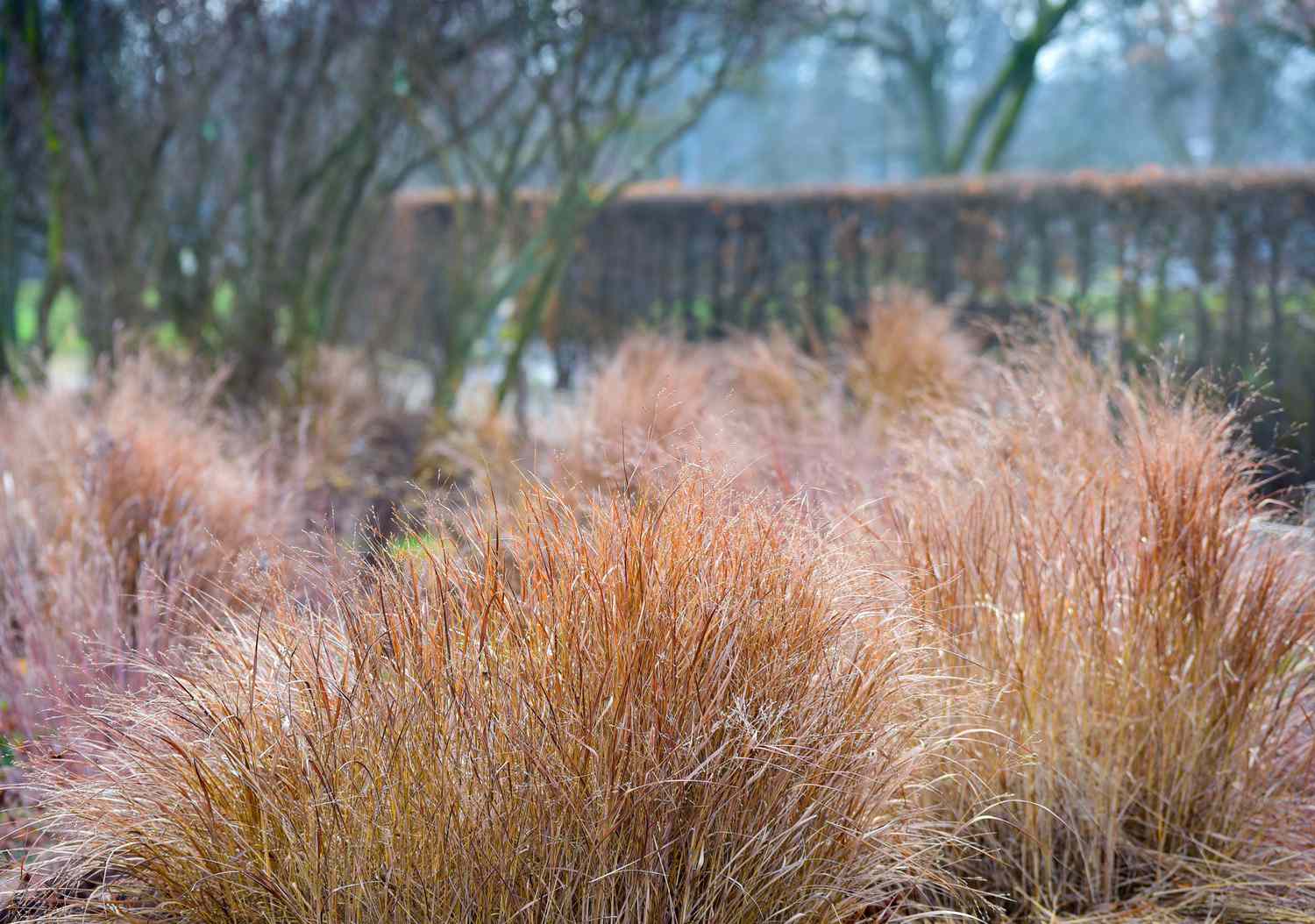

0 thoughts on “When To Plant Winter Grass In Arizona”